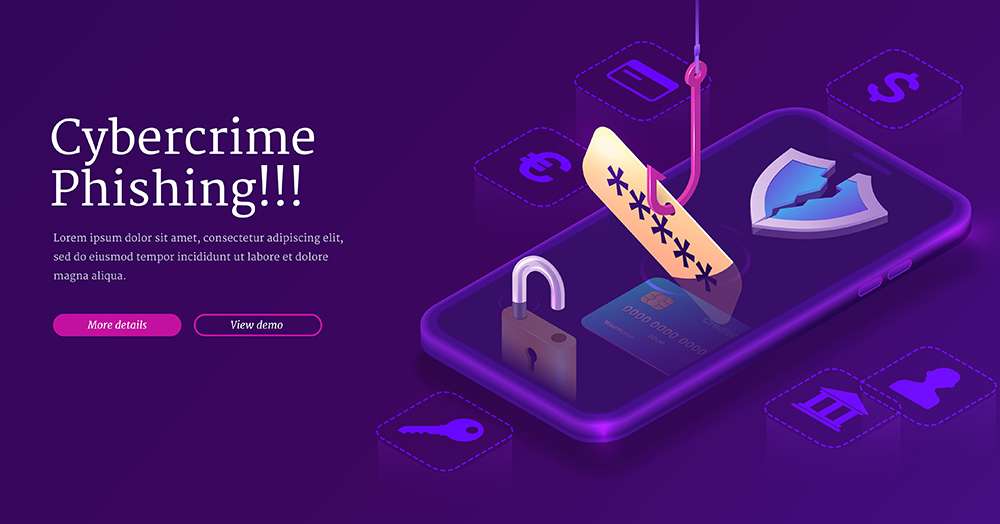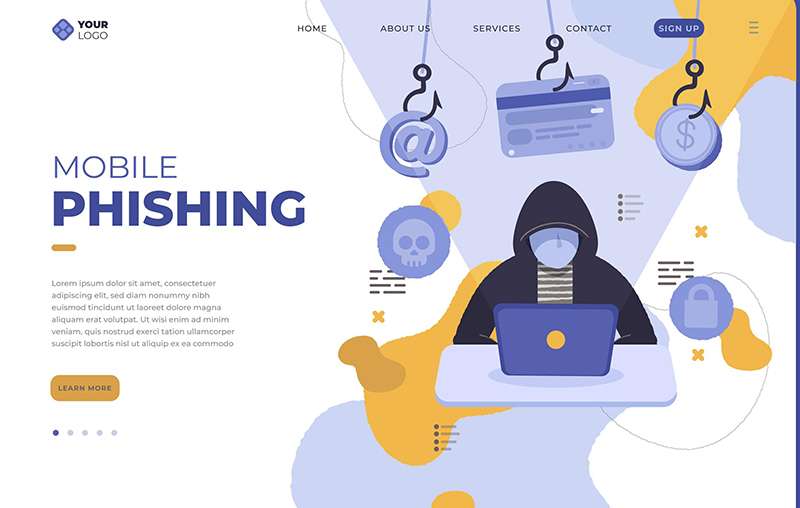What is Phishing? – Everything you need to know in 2023
Phishing is a cyber-technique where hackers lure the victims into submitting their personal data and other valuable information that hackers use for their benefit. Over the years, we have seen the rise in these types of attacks because they are simply effective and they work well on most people. If you are someone who doesn’t want to become a victim of Phishing and want to know about its different types, this guide is for you. In this Usenet.com guide, we will tell you everything you need to know about Phishing. Let’s get started.
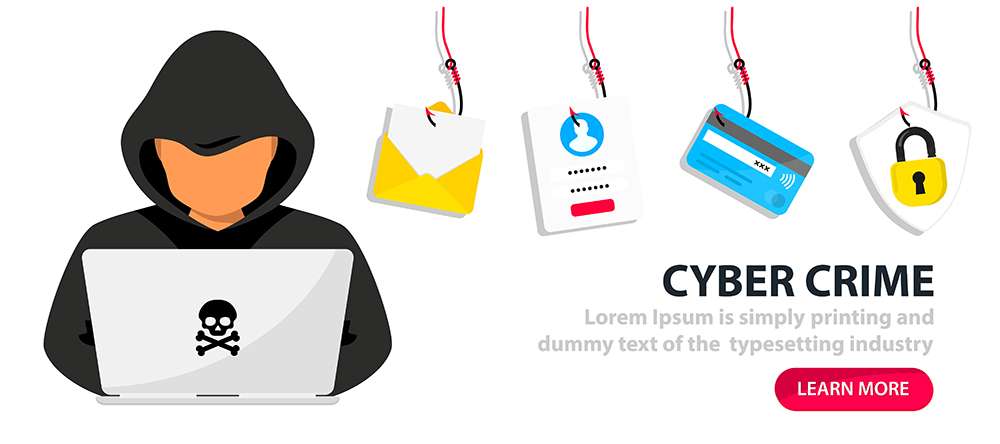
What is Phishing?
Phishing is a popular cyber-technique where hackers exploit the psychological triggers to compel their victims into doing things that they normally won’t do. For example, if they want to get your banking information, they will send you an email with the subject “Please verify your identity or your account will be closed within next 2 hours”. If an average user receives this email, that person will most likely open the link sent with the email, which will lead to a fake website, but it will look original, and as this email caused a sense of urgency, many users will submit their banking credentials to verify them and hackers will be able to exploit them. Similarly, there are other types of Phishing that hackers use , and we will discuss them in the next few sections.
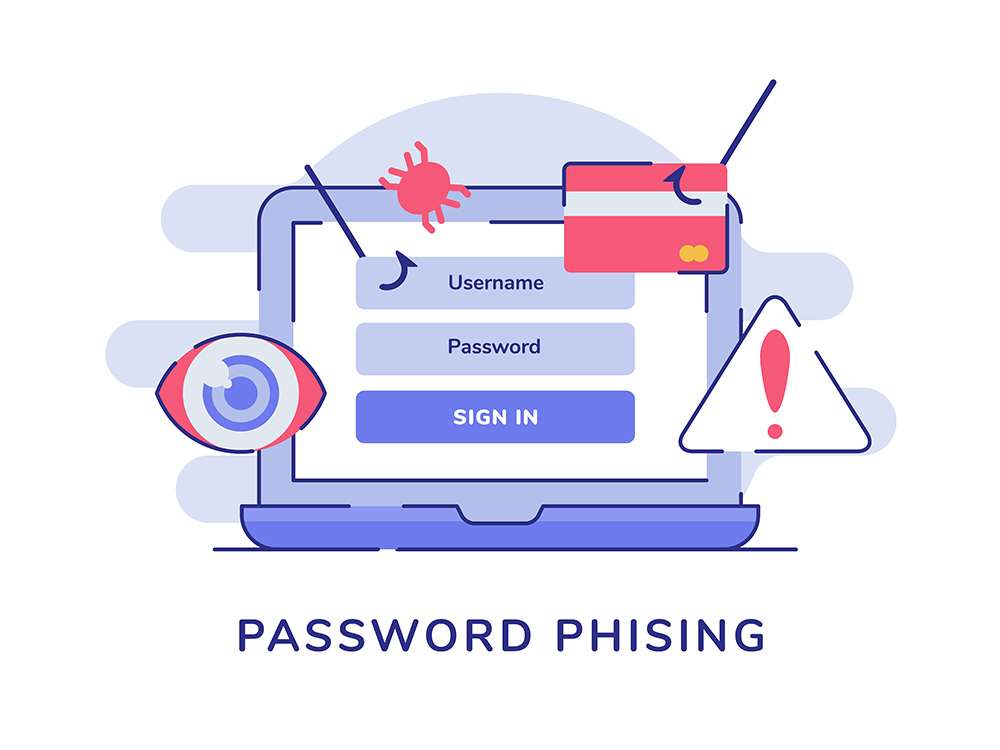
What are the different types of Phishing?
Phishing is a very comprehensive technique, and it comes with various types which hackers use to get the data of their victims. In the next few sections, we will explain the different types of Phishing.
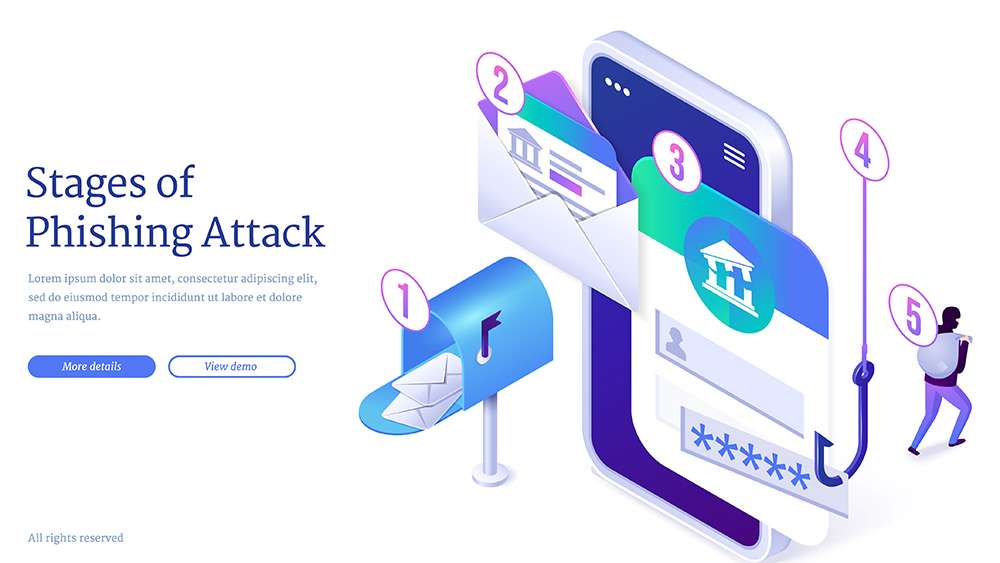
Email Phishing
Let’s start with Email Phishing which is arguably one of the most popular and common types of Phishing which Hackers use these days. In this method, hackers pretend to be a legitimate authority, such as your bank, company, etc. and send you an email with a malicious link.
At the other end of the malicious link, there’s generally a site that looks legitimate, but in reality, it’s a fake website, and when you submit any information, it will send directly to the hackers, and they will be able to exploit your information. In this method, they send emails to mass users with the purpose of getting important information from the majority of people.

Spear Phishing
Spear Phishing is the targeted form of Email Phishing, where hackers target specific individuals instead of a lot of people. The emails in Spear Phishing are more personalized and informal to lure the target into a trap. For example, they can use the name of your boss to send your important information, which they can later use to blackmail you into doing something which could benefit them.
Whaling
Whaling is another form of Phishing that resembles Spear Phishing, but the major difference between both of them is that Whaling targets the executive-level officers of the companies. In the Whaling technique, hackers send high-pressure and urgent emails, which trick them into opening them and clicking on the malicious links. For example, in 2020, hackers sent a malicious email to a co-founder of a hedge fund, and when the victim opened the link, it installed malware into their network, which caused damage of over 800,000 to their company.
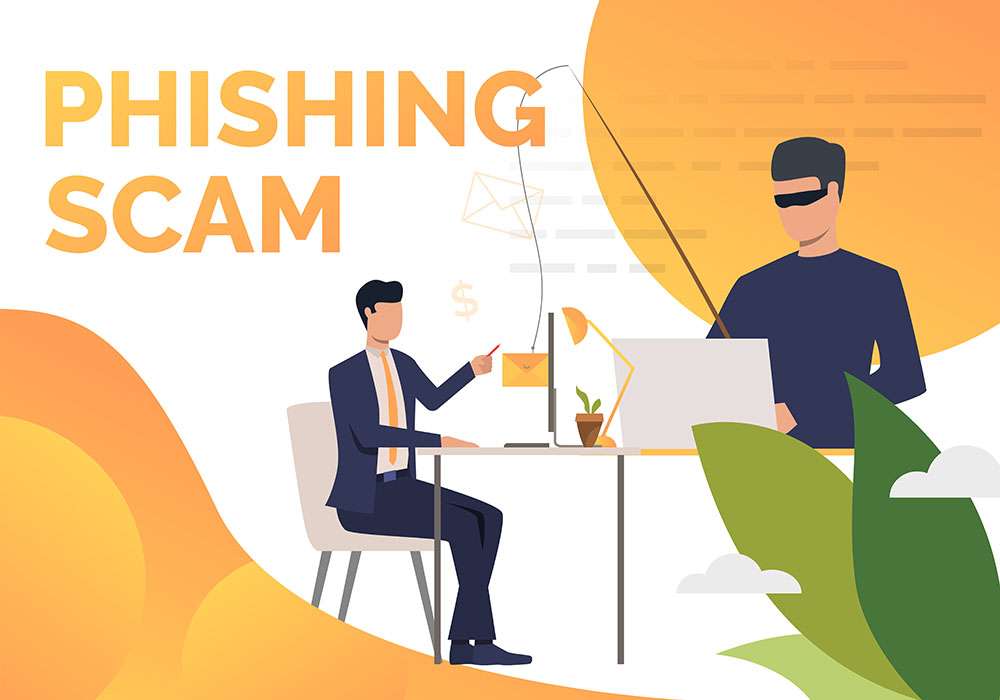
Smishing
Smishing is another very popular phishing technique where hackers use SMS instead of email. The overall technique is very similar to email phishing, and the only difference is the medium through which the message is delivered. In Smishing, hackers often use coupon and discount messages to lure their victims into opening malicious links.

Vishing
Vishing is a very popular form of Phishing where hackers use a phone call to lure their victims into submitting their private or important information. In this type of Phishing, hackers pretend to be someone important, like a person from your bank, HR Department of your company, or agent of your insurance company.
For example, they can call you as a person from your bank, and they will ask you to verify your card information by giving them the PIN, and Card number or your account will be closed. Most people don’t verify the caller’s identity and provide the information to verify their card, and hackers use that information to get money out of their bank. In the last few years, Vishing has become very popular, and hackers use it to mostly target older people to get their information.
Business Email Compromise (BEC)
Business Email Compromise (BEC) or CEO Fraud is another phishing type where hackers get access to the email account of executive-level officers, mainly CFOs or CEOs, and ask the employees to send transactions to their bank accounts. As these emails come directly from their boss account, they don’t verify and send money to the directed bank accounts or online cash wallets.
Clone Phishing
Clone Phishing is a type of Phishing where hackers replicate the original email template and embed the malicious links into them to send to their targets. Apparently, these emails look legit, but when the target clicks on the provided link, it takes the target to the malicious website.

Evil Twin Phishing
Evil Twin Phishing is another very popular phishing technique where hackers set up a fake Wi-Fi network that appears to be a legitimate network. When any user connects with the fake Wi-Fi, it takes the user to a webpage that requires the credentials in order to proceed, and when that person enters the credentials, hackers can use them to access the network and get information and other sensitive data. This technique is mainly used to target employees of mid to high-level companies to get their credentials in order to get into the network of their companies.
Social Media Phishing
Social Media Phishing is one of the most popular types of Phishing, where hackers impersonate the loved ones of the victims to trick them into sending money. Hackers use Twitter, Facebook, and other social media platforms to get information, and then they use that information to create fake accounts. Once they create fake accounts, they contact their victim with an urgent message, and mostly, they ask them to send some money. As victims receive messages from their loved ones, they don’t verify and often send the money. Sometimes, hackers also ask the targets to open the link to get into the lucky draw, which takes them to a malicious website.
Search Engine Phishing
Search Engine Phishing is a sophisticated phishing type where hackers create the fake website of a legitimate business and rank it on search engines. When users search for that company, the fake website shows in the search results, and when users click on it, it takes them to a malicious website. Hackers use these fake pages to get the personal information of their victims which they later use for financial gain or create fake identities online.
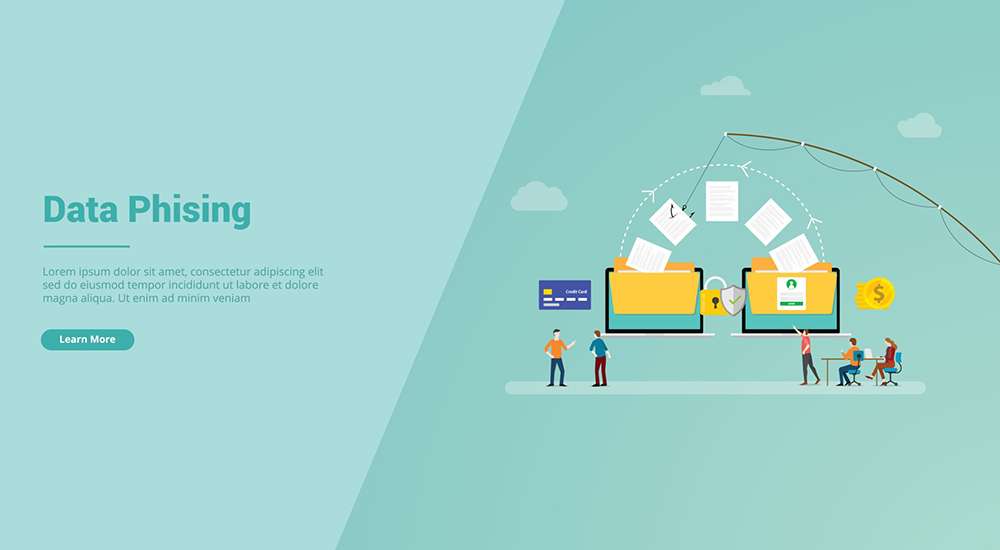
In 2023, Search Engine Phishing is not very popular because popular search engines such as Google have advanced algorithms in place to detect these fake pages and remove them from the search results. However, you can still come across these fake pages on small search engines on the internet.
Conclusion
That’s all, folks. These are the 10 most common types of Phishing , that hackers use to get personal data and other sensitive information of the users. If you don’t want to become a victim of Phishing, it’s important that you don’t open any links in emails from unknown or known addresses without verifying the email address first. Also, trust your instinct; if you feel that the email is not legit, contact the person on other communication channels to verify the contents of the email and then open it. On top of that, using a good VPN will help you because it will not only hide your identity online but also stop hackers from tracking your activities on the Public Wi-Fi. If you are interested, you can check our VPN Reviews or VPN FAQ section for more information.
